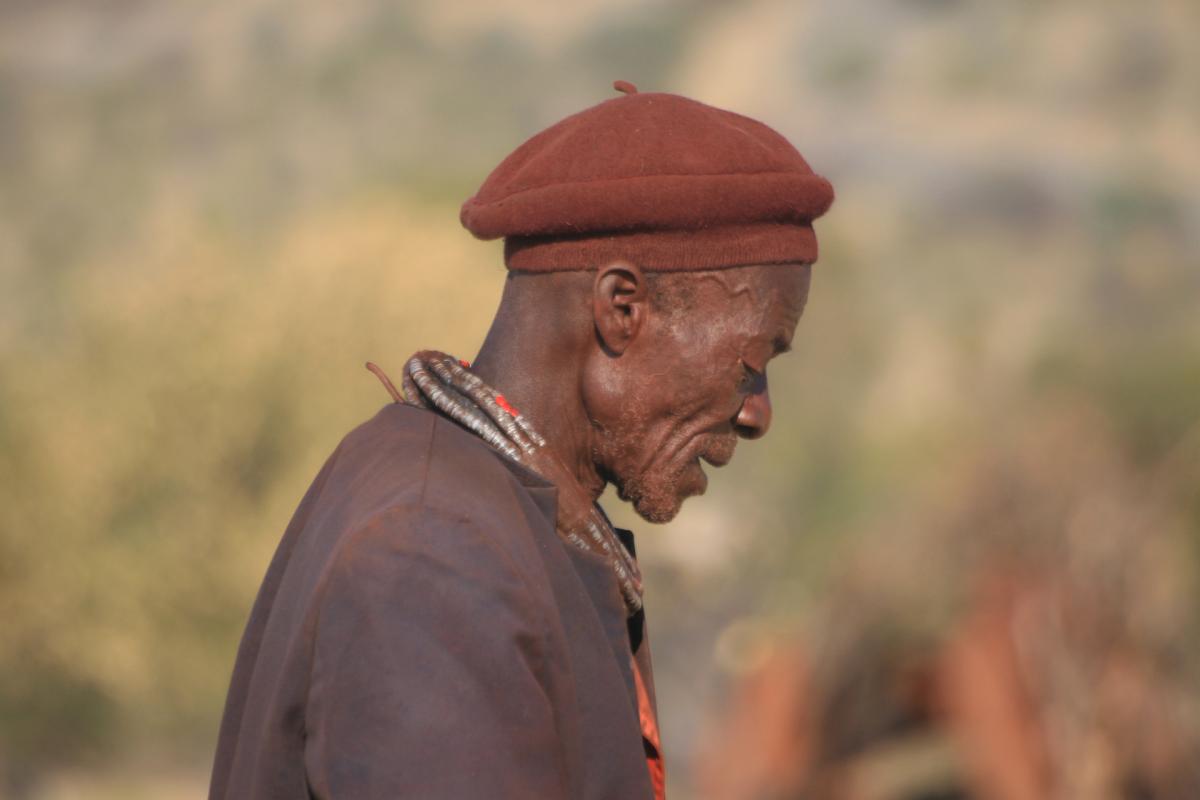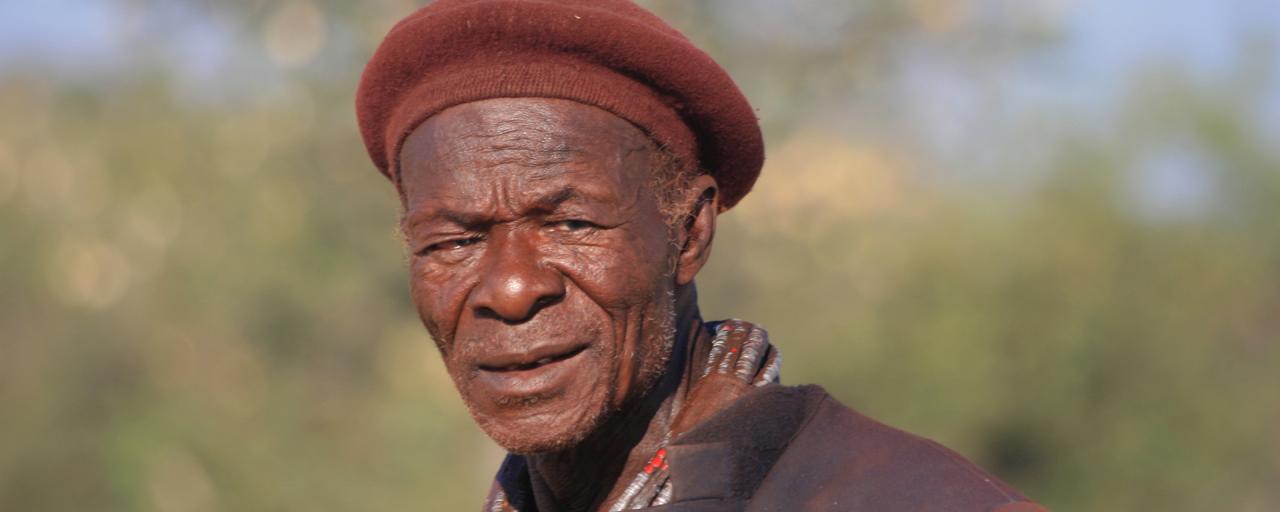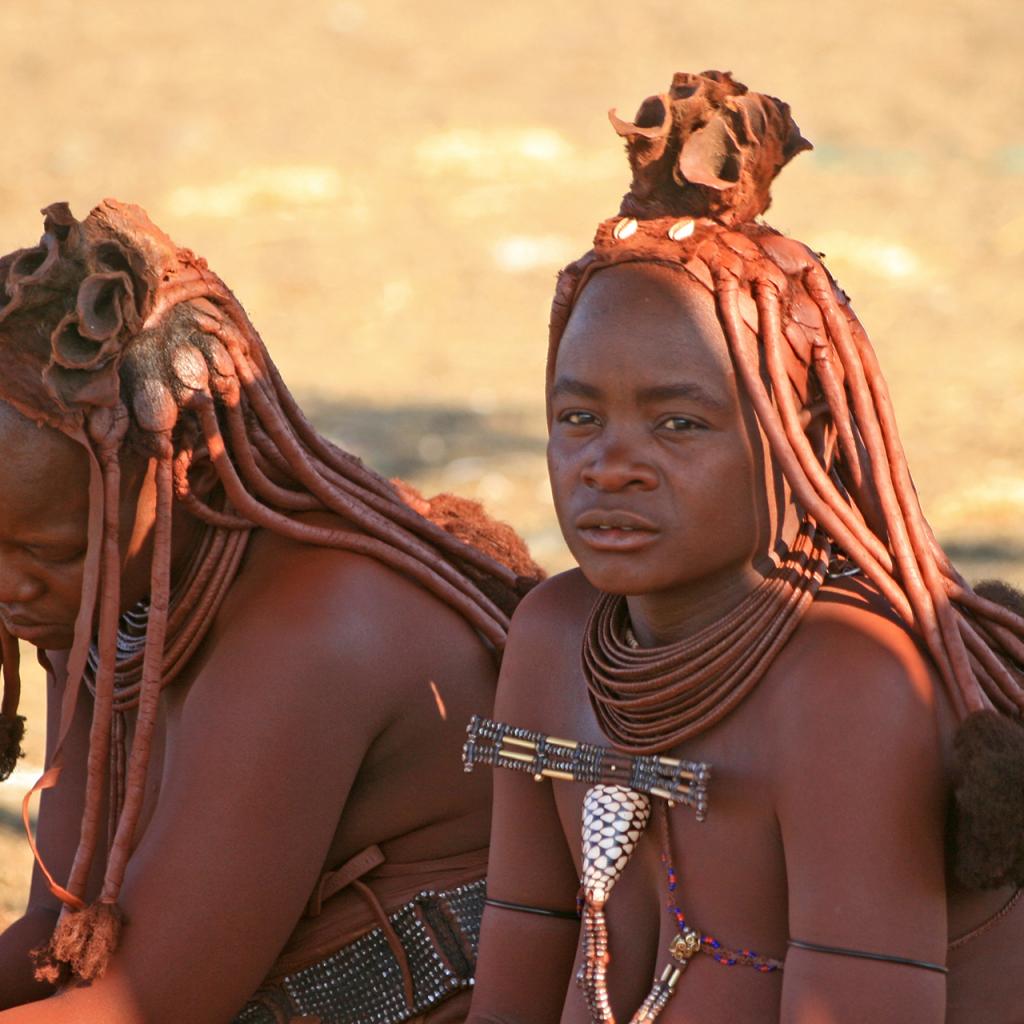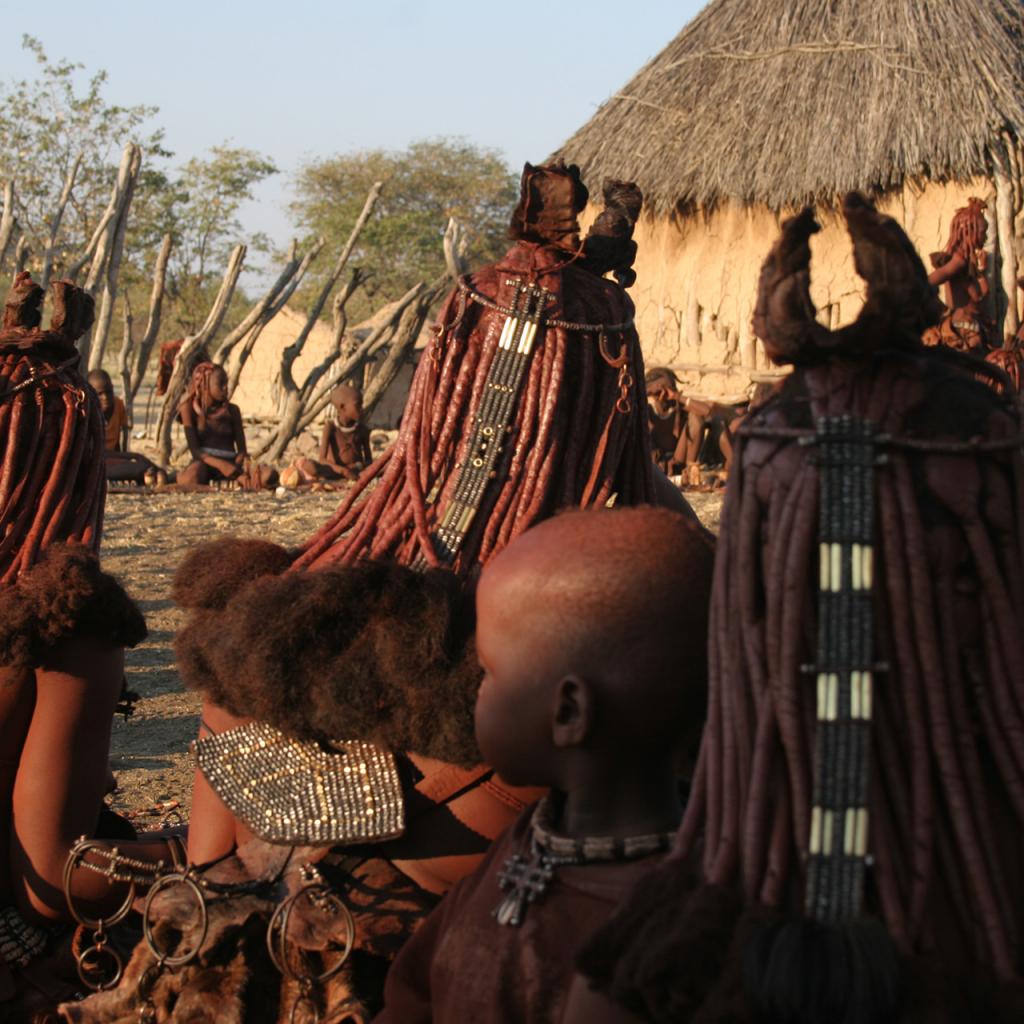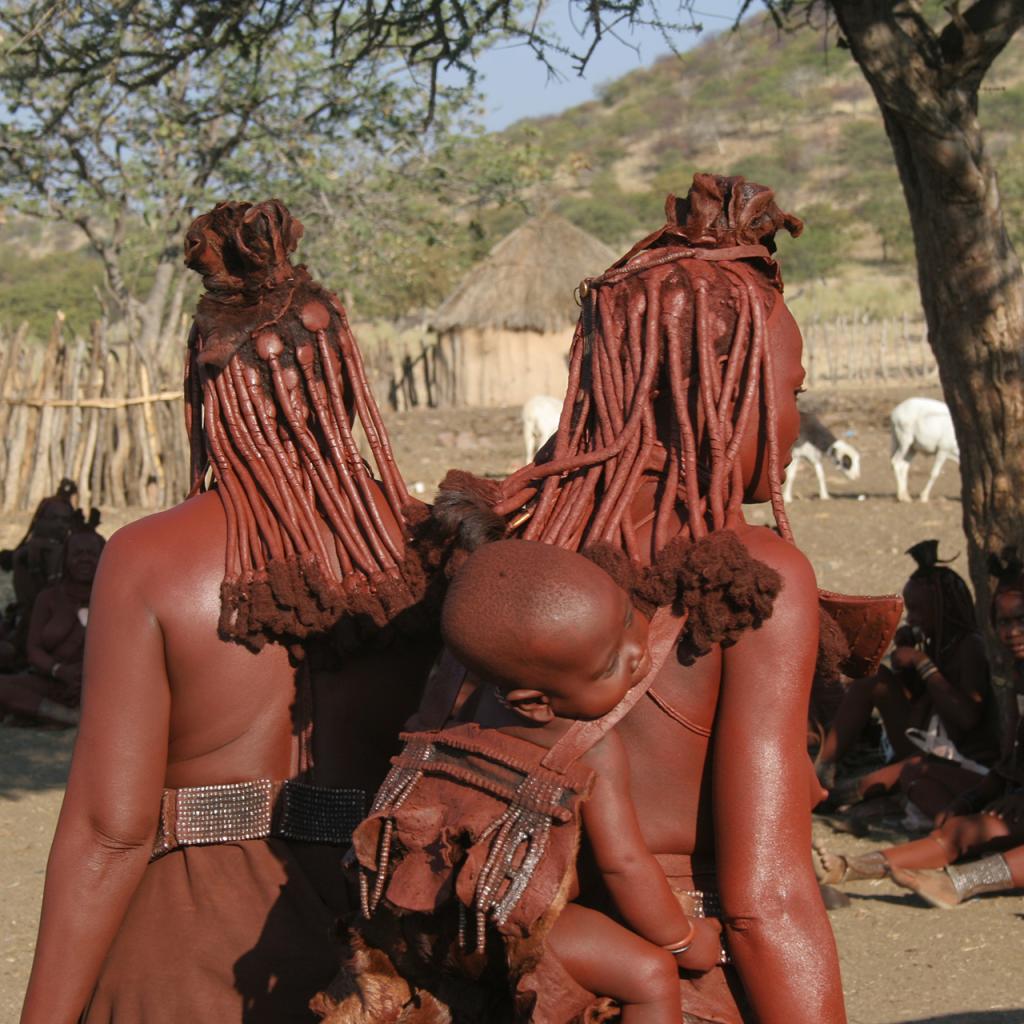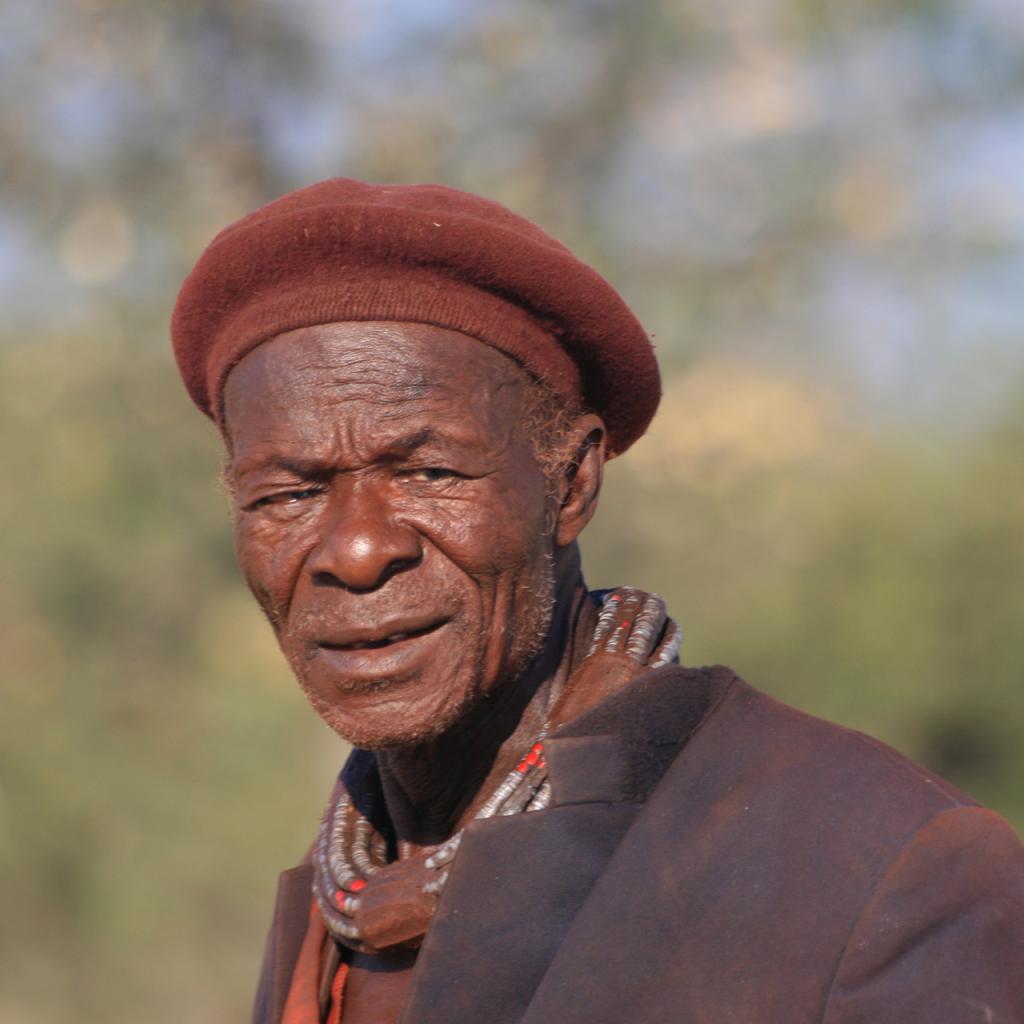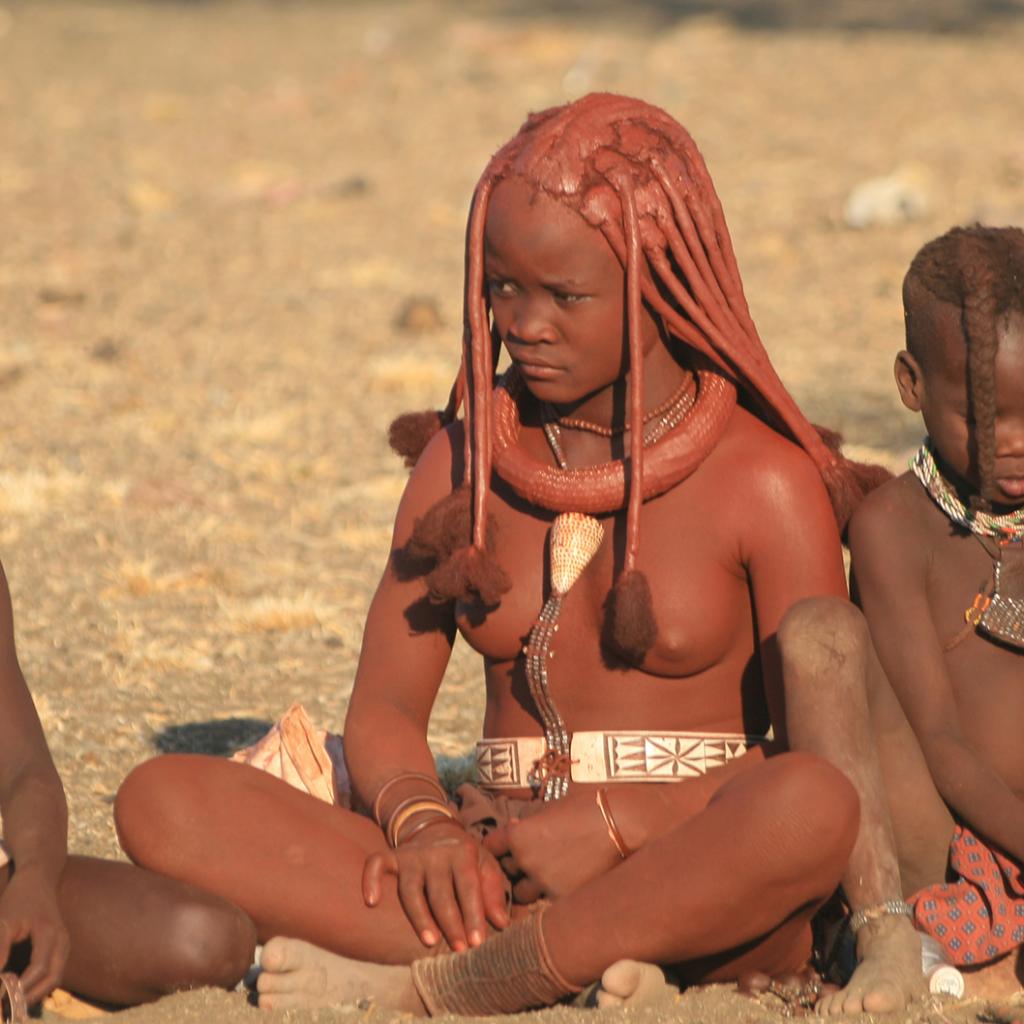The Himba belong to the Bantu strain and are descendants of the Herrero people, with whom they share the language. However, their traditions and especially their past are different.
As a matter of fact, a part of the Herrero, who used to live in Namibia, became really scared of the attacks from the neighbouring Nama population, so they decided to escape to Angola in the mid-19th century by crossing the Kunene River. Once they reached the new land they asked the San population (better known as Bushmen, even though this term is derogatory to them) for protection and hospitality.
The Himba are also called Ovahimba, Ova meaning “beggar”, Himba meaning “people”. Their complete name therefore means “people who beg” because they begged the San for hospitality.
Only around 1920 the Himba came back to their land of origin, Northern Namibia, bringing the San lifestyle back with them.
By being absent they avoided the period of German colonization that the Herrero were forced to live through, ending up massacred and deprived of their culture in favour of a forced westernization.
Today, the Himba still reject modernity and they live in villages with huts made of mud. Women’s role is of the utmost importance in their social organization.
Life, tradition and culture of Himba people
- Himba clothing and accessories
- Himba rituals of birth and death
- Himba history
- Himba people social organisation and religious beliefs
